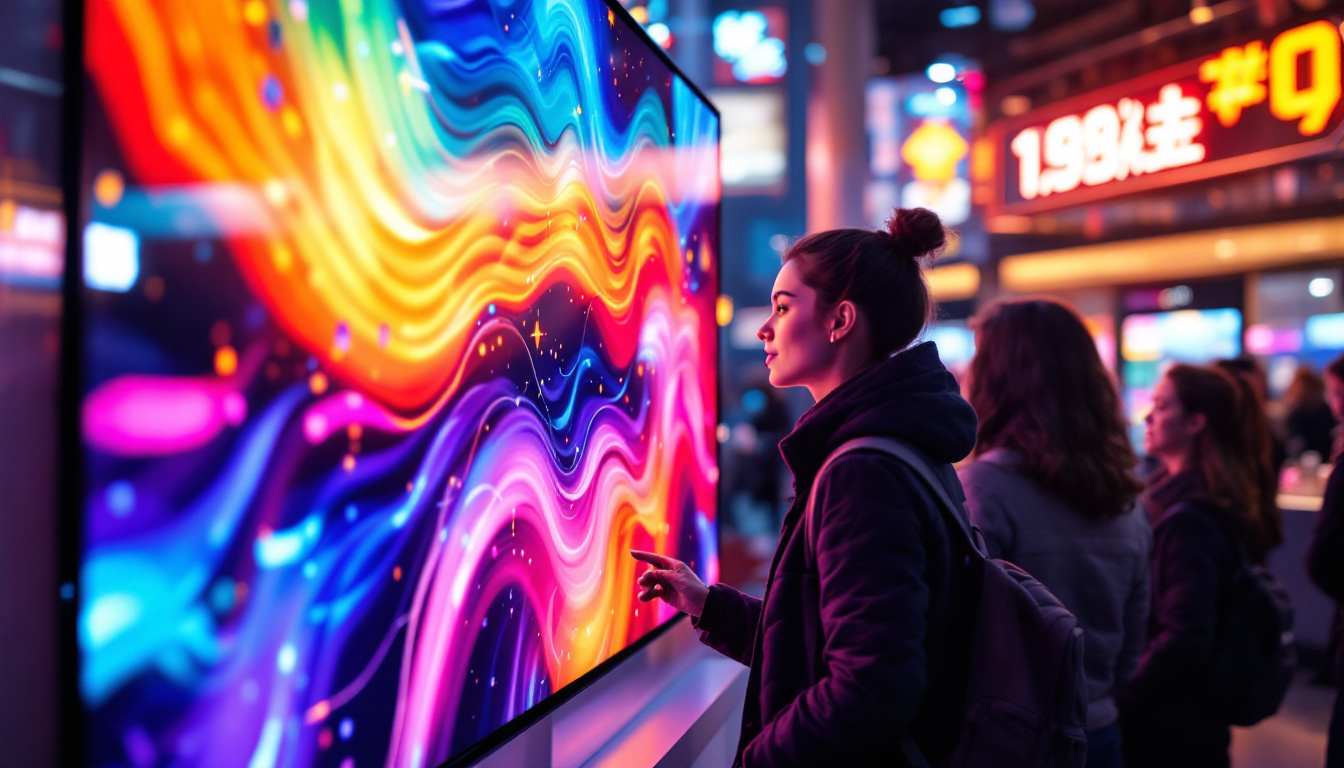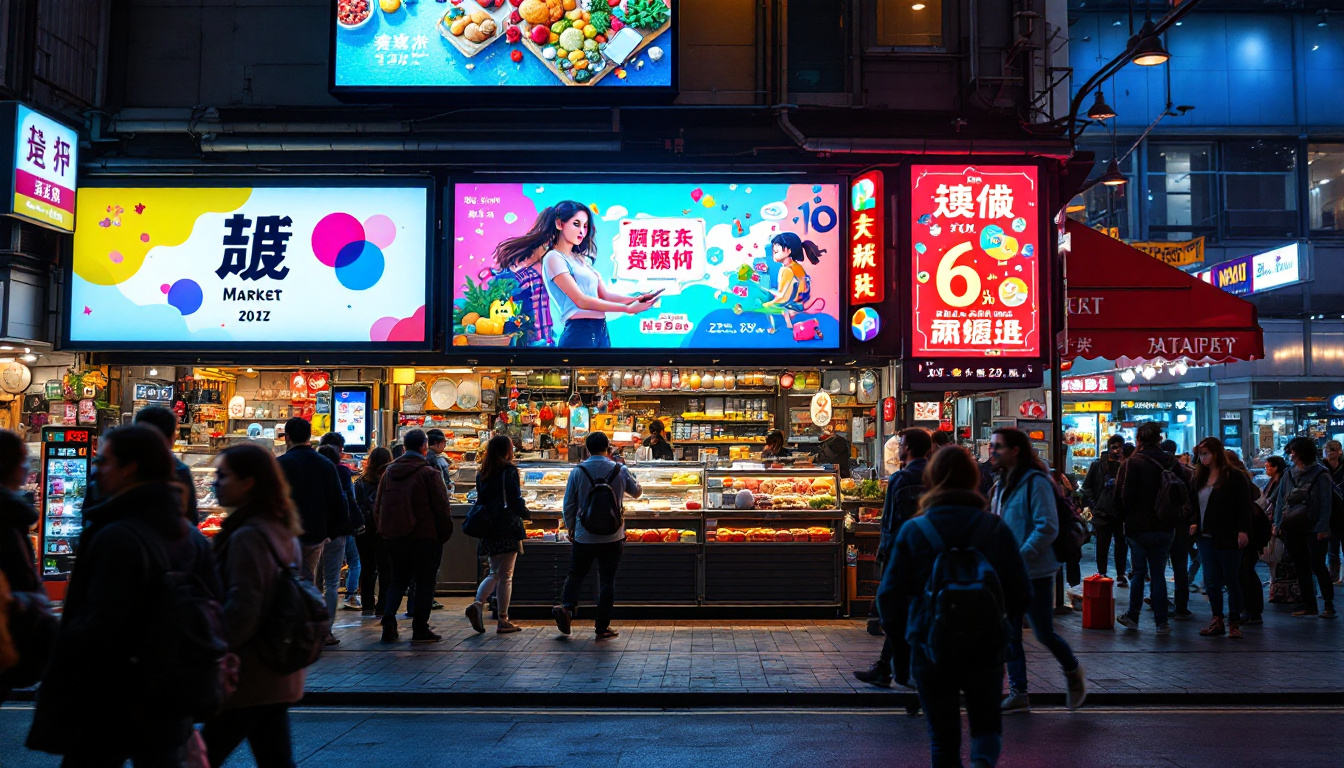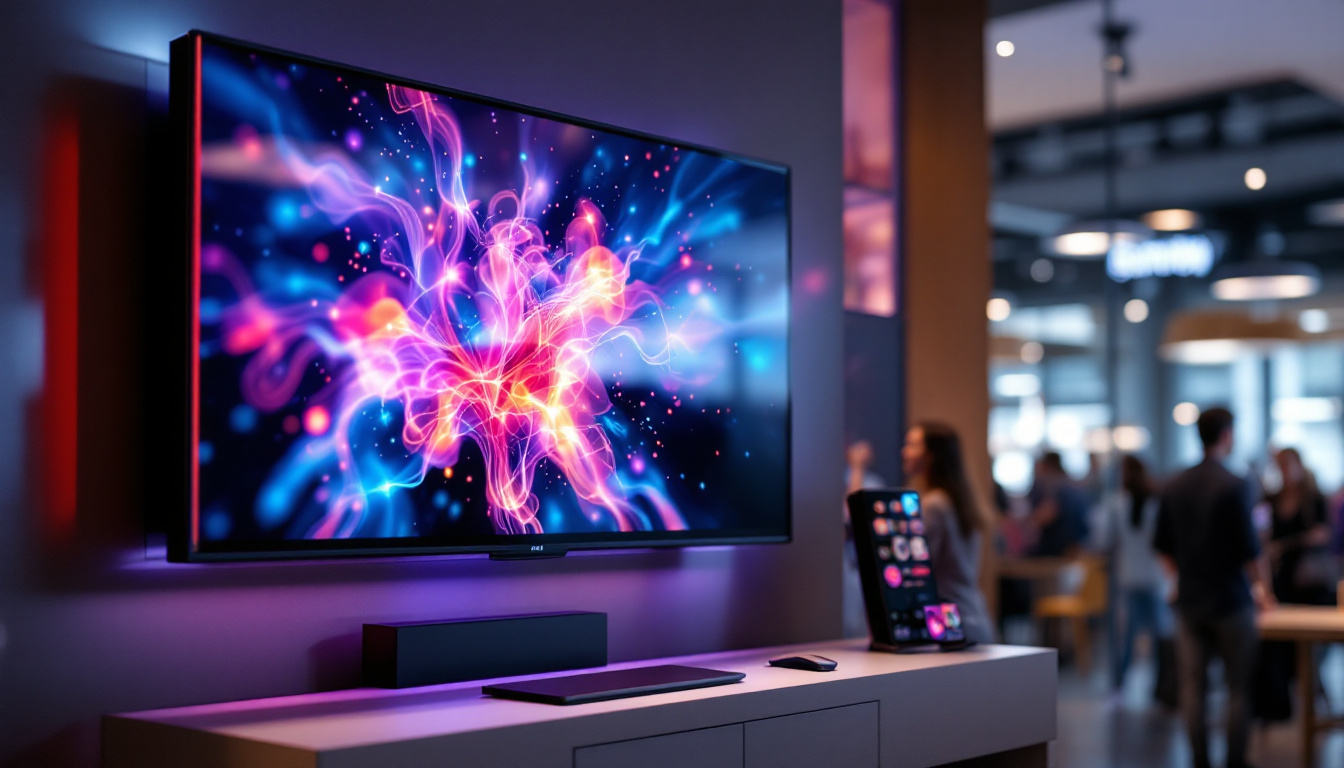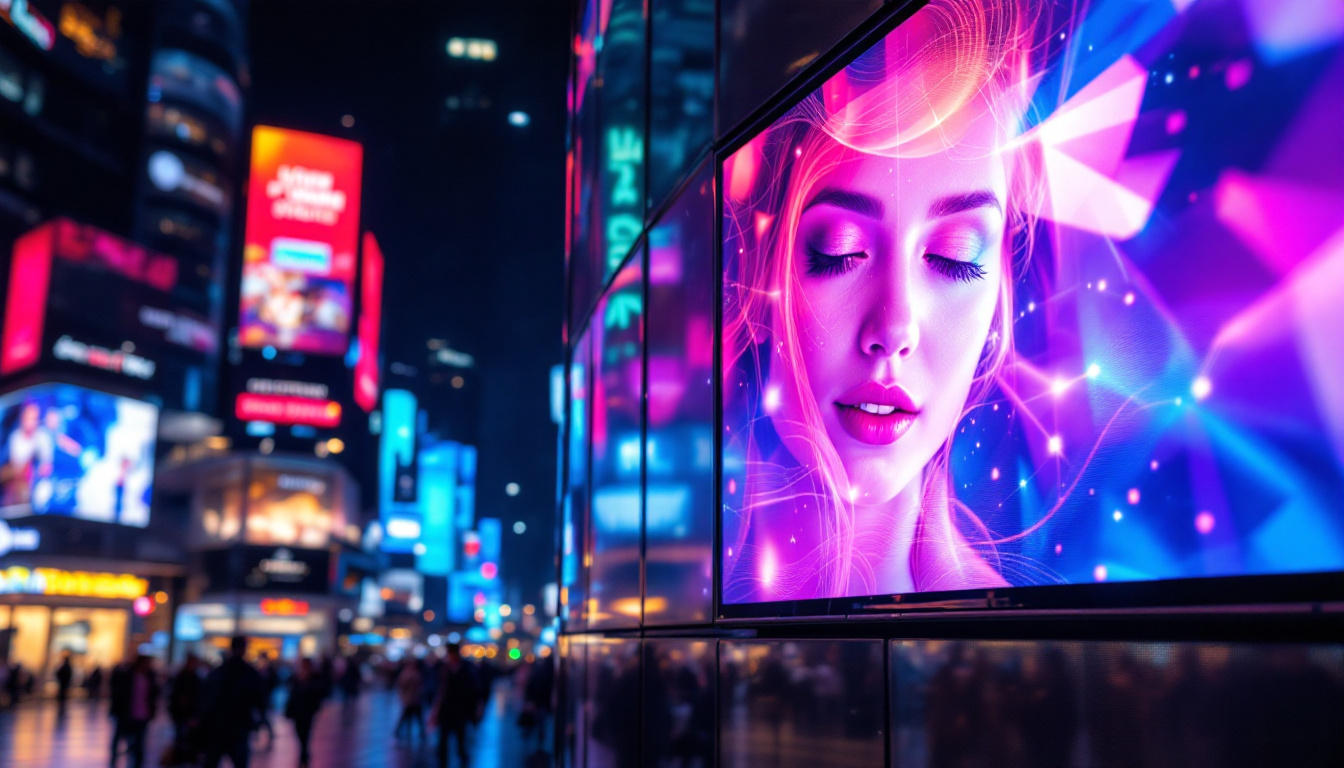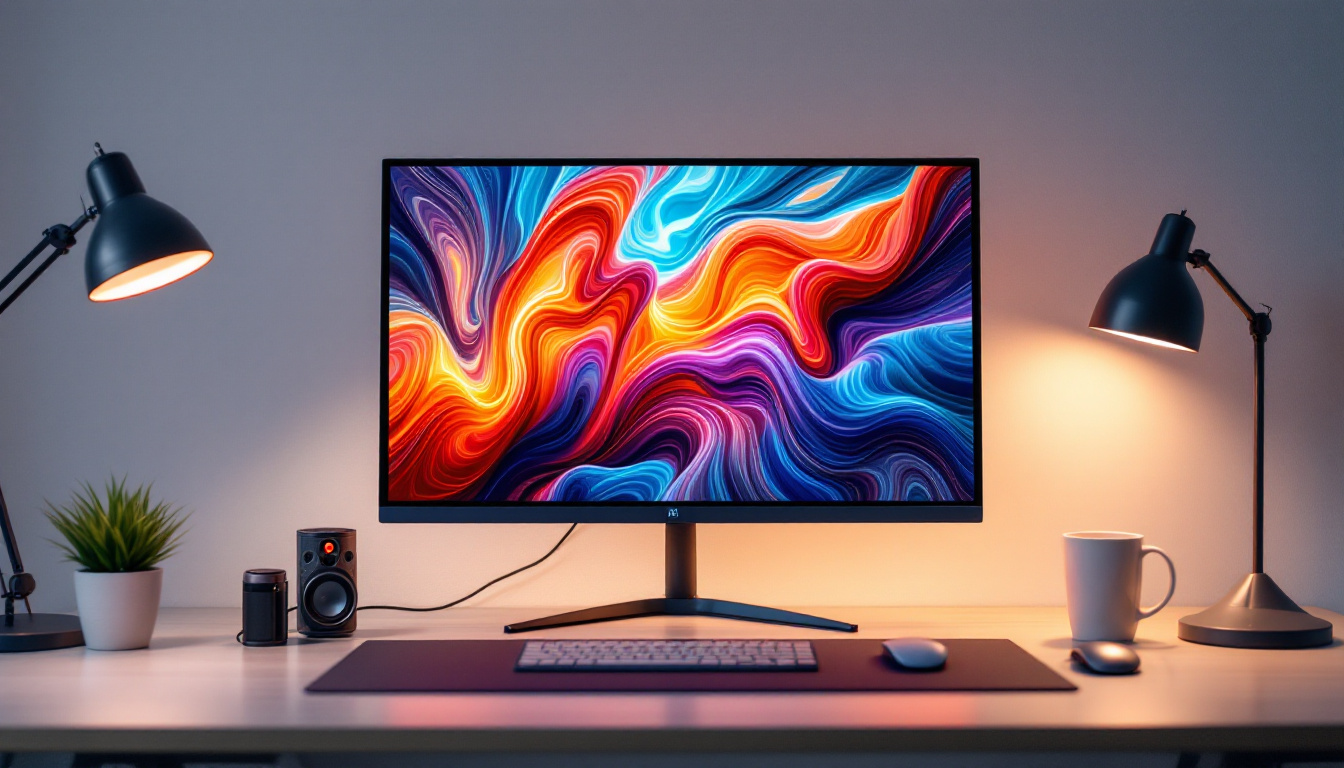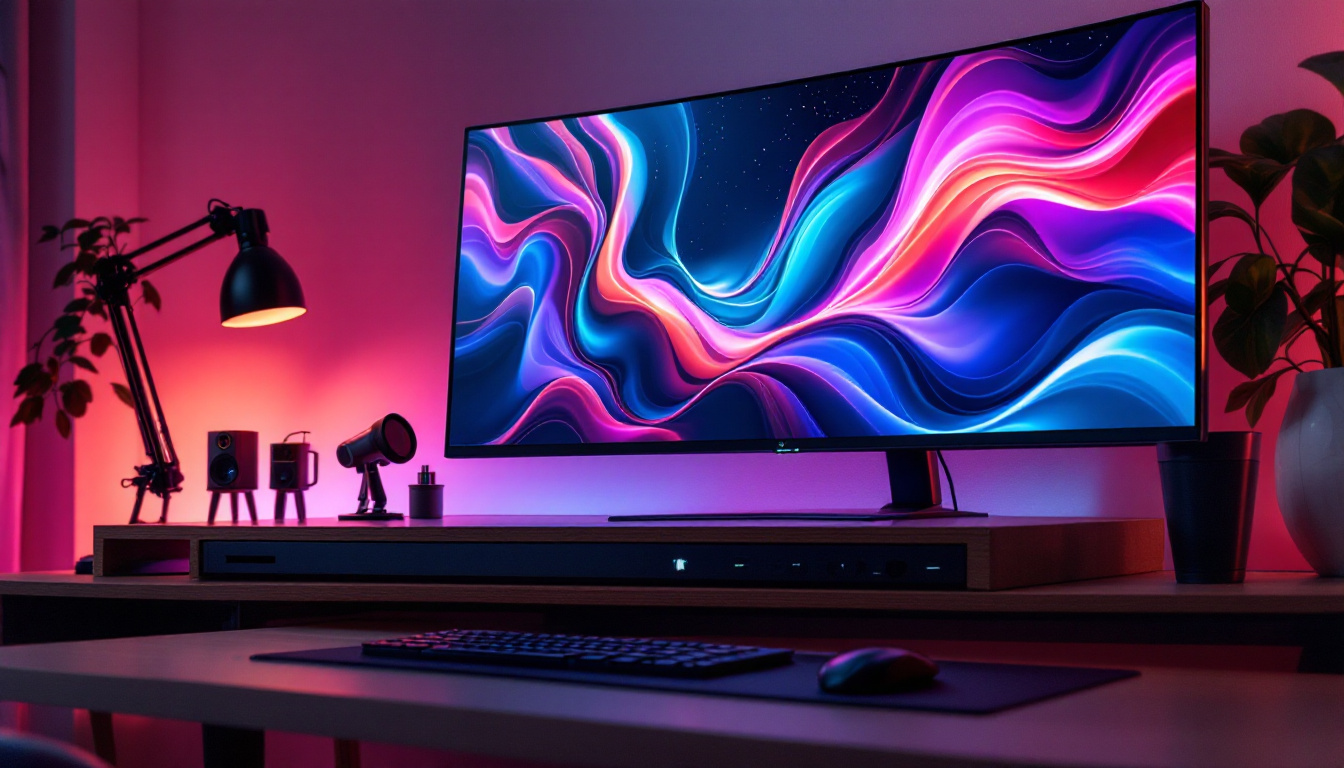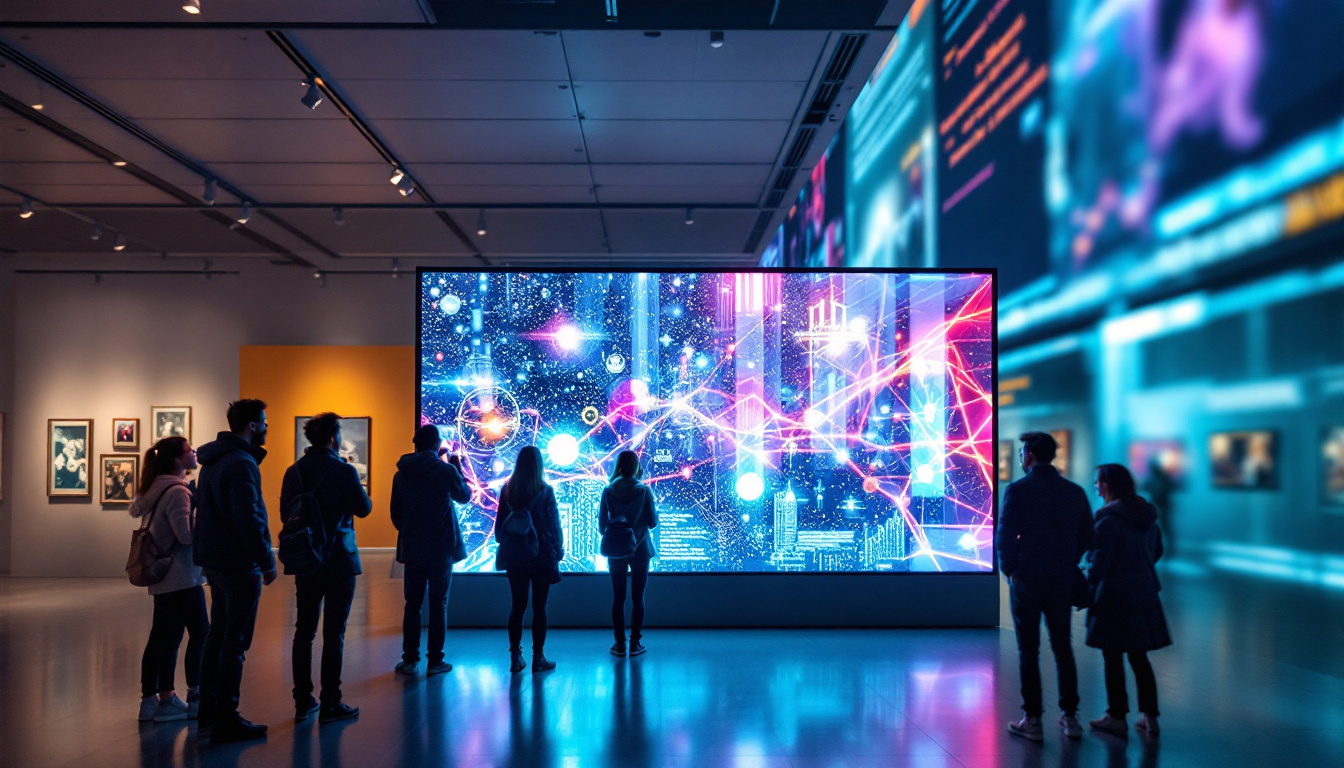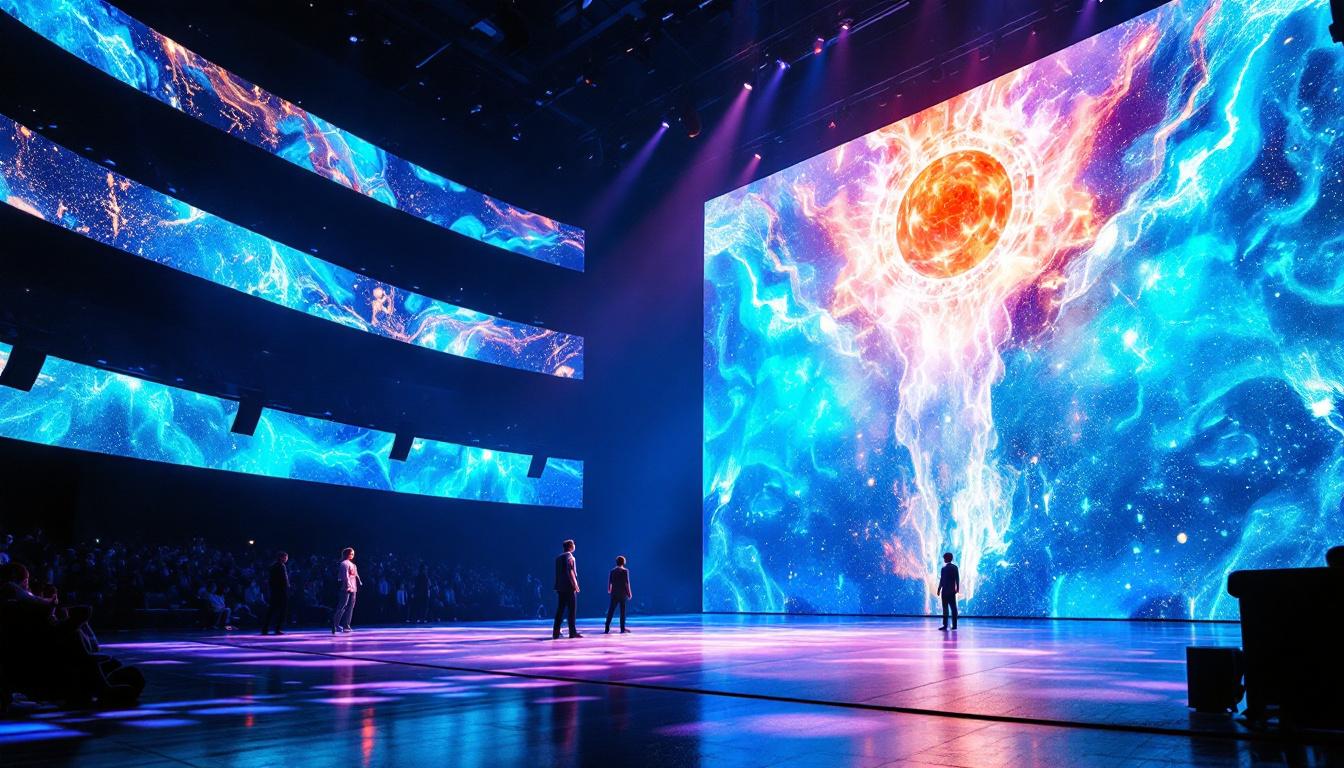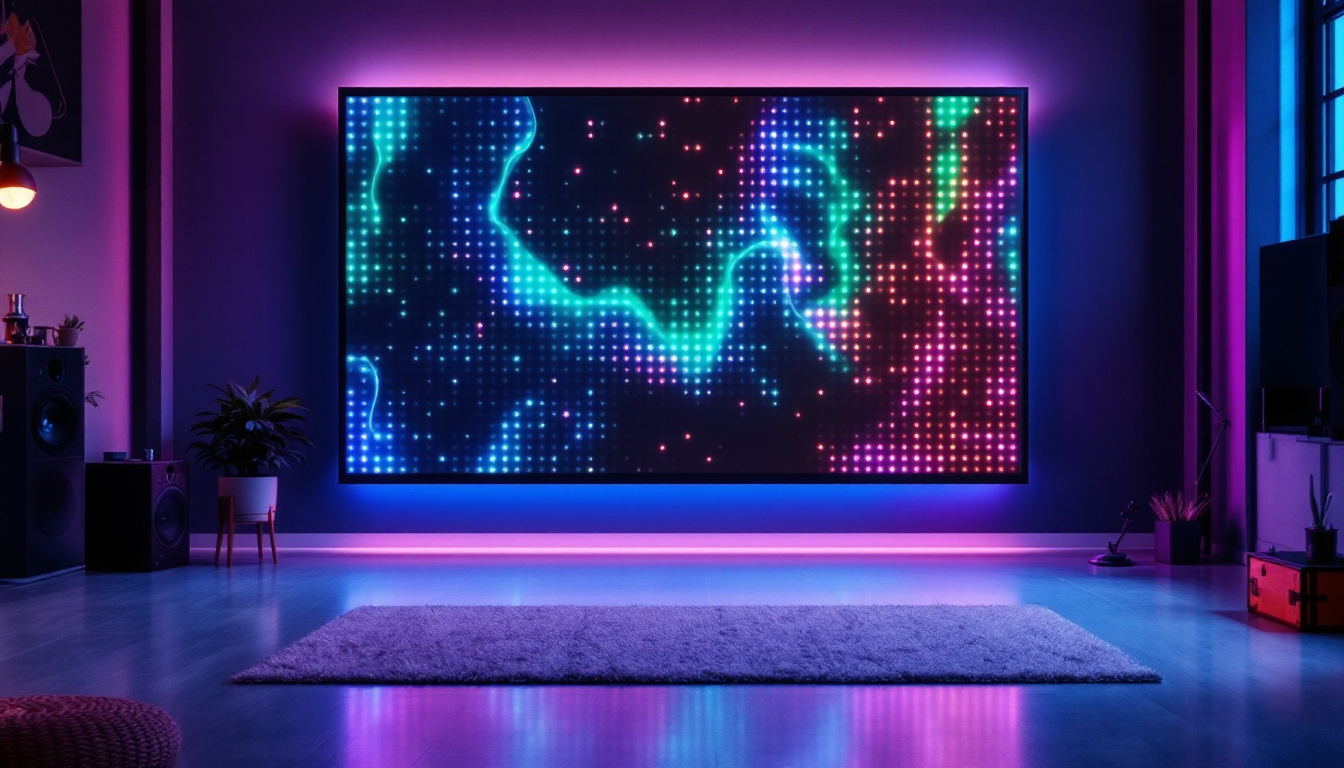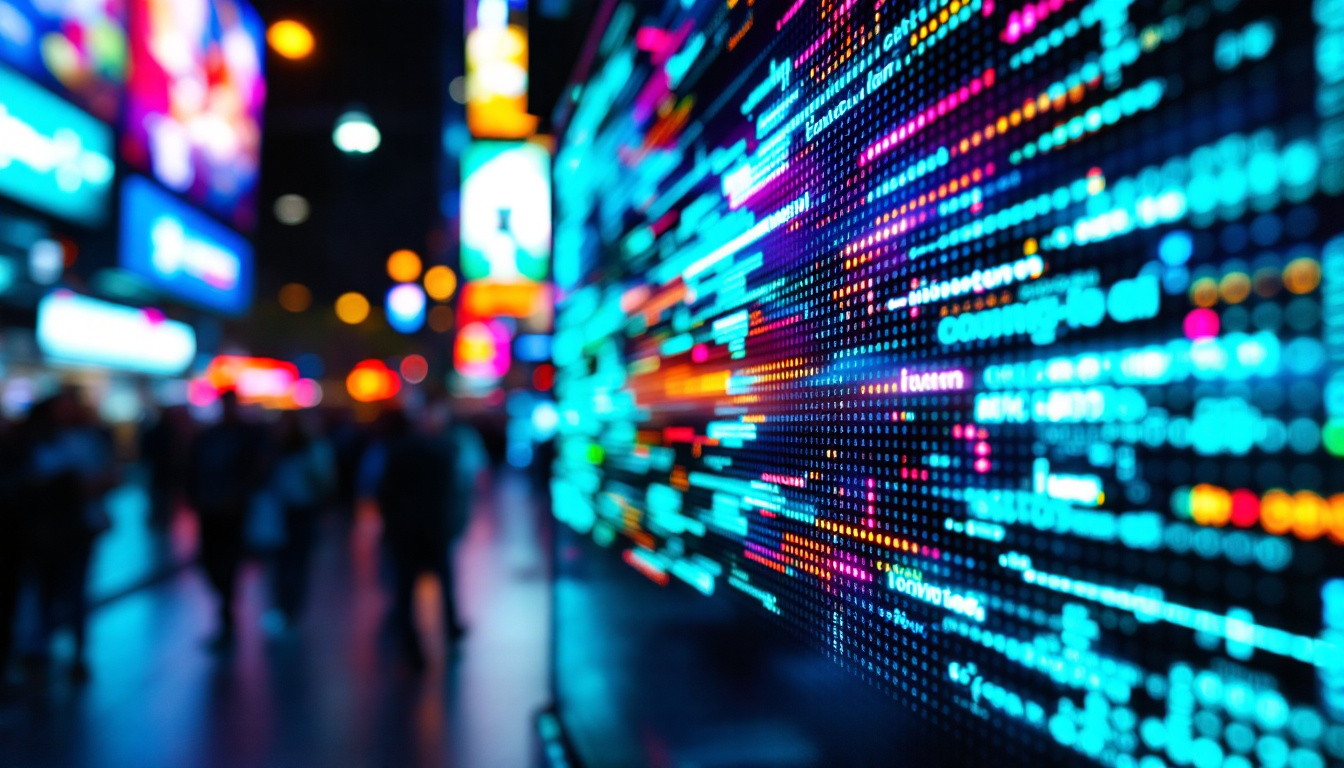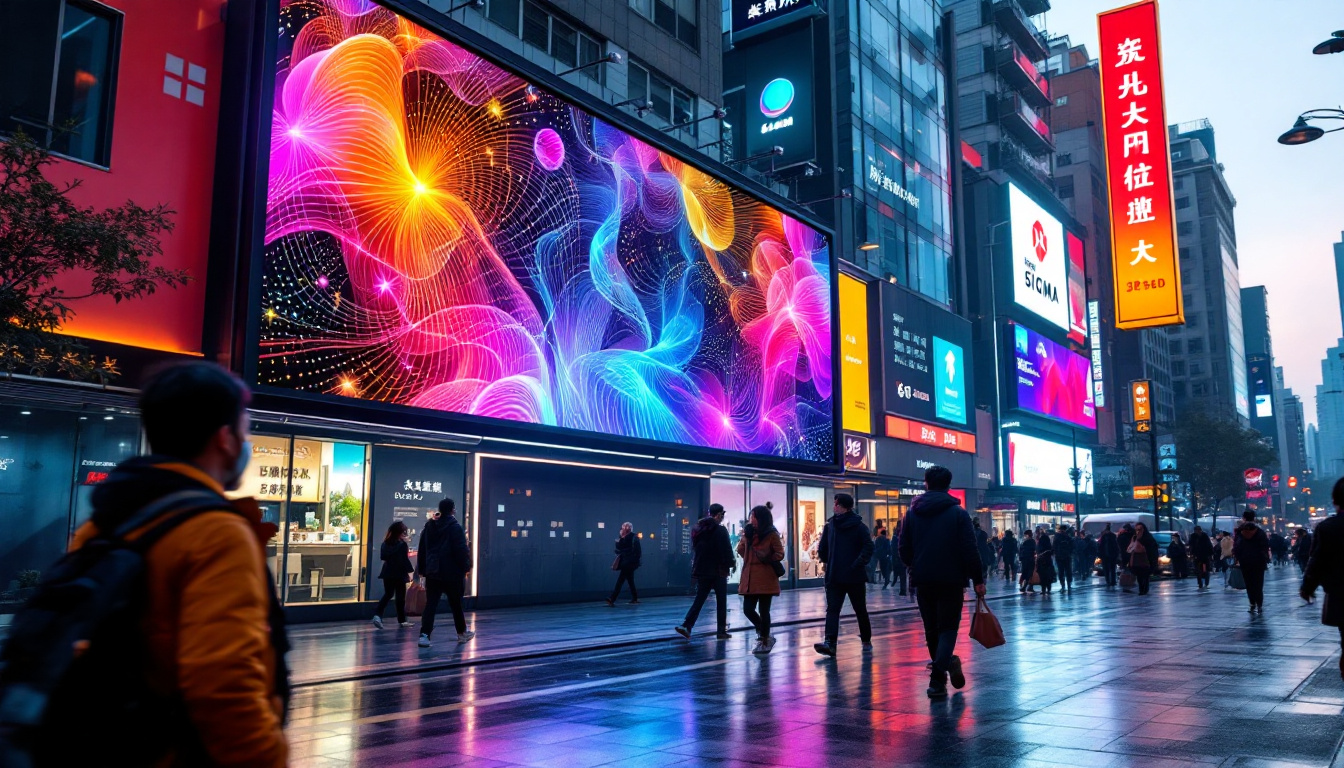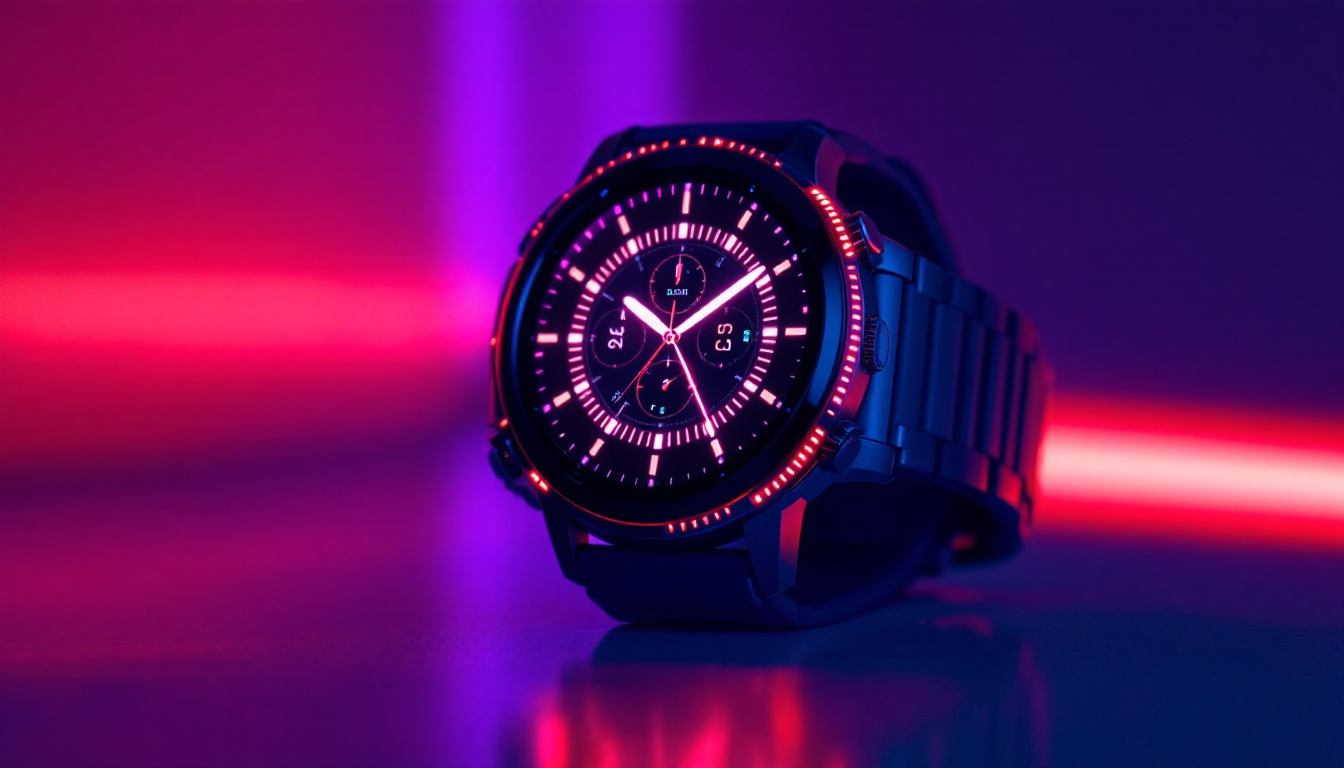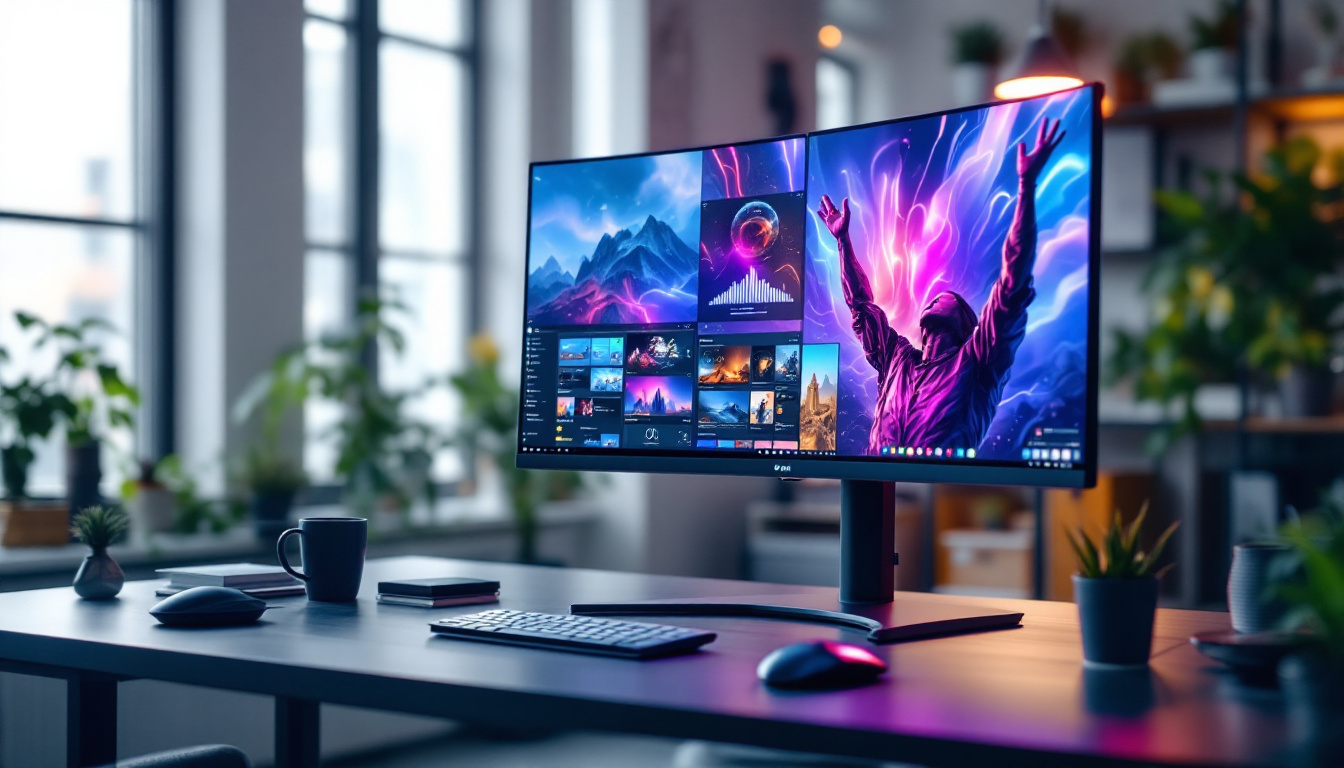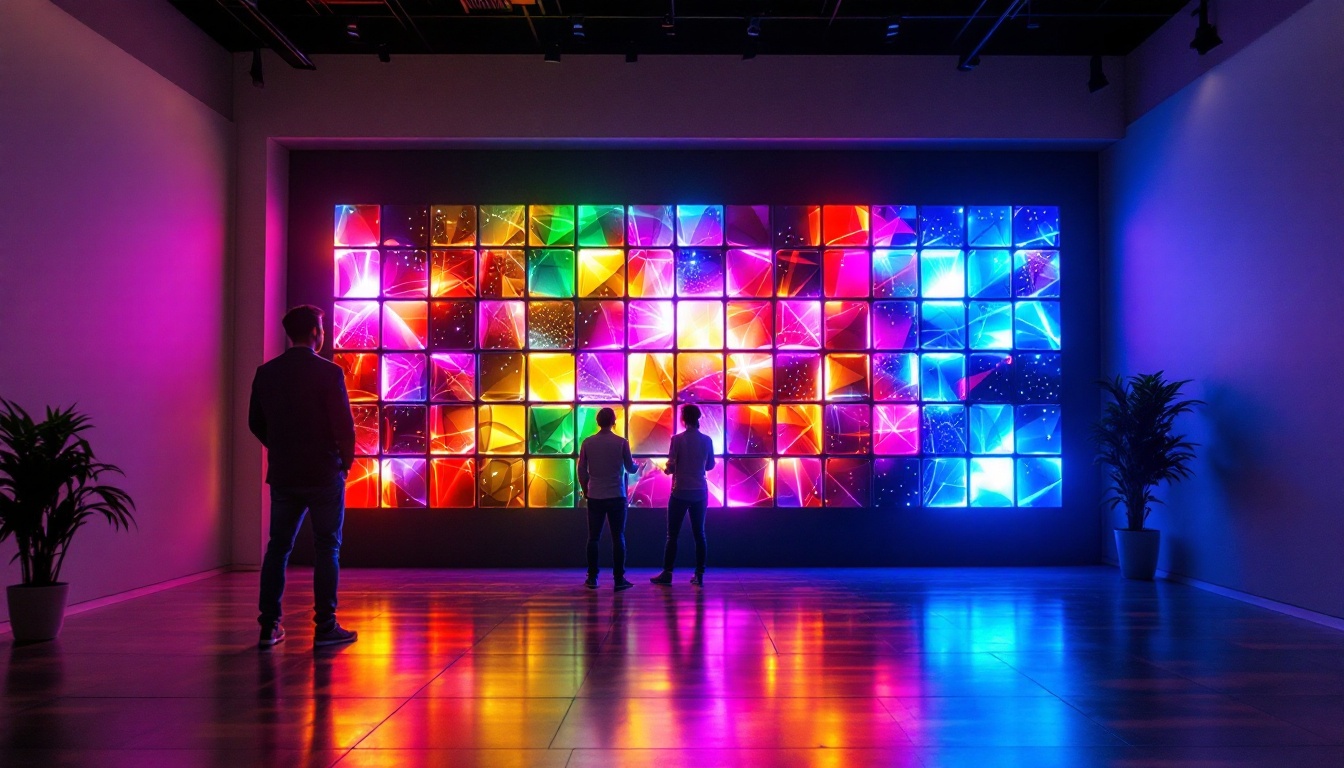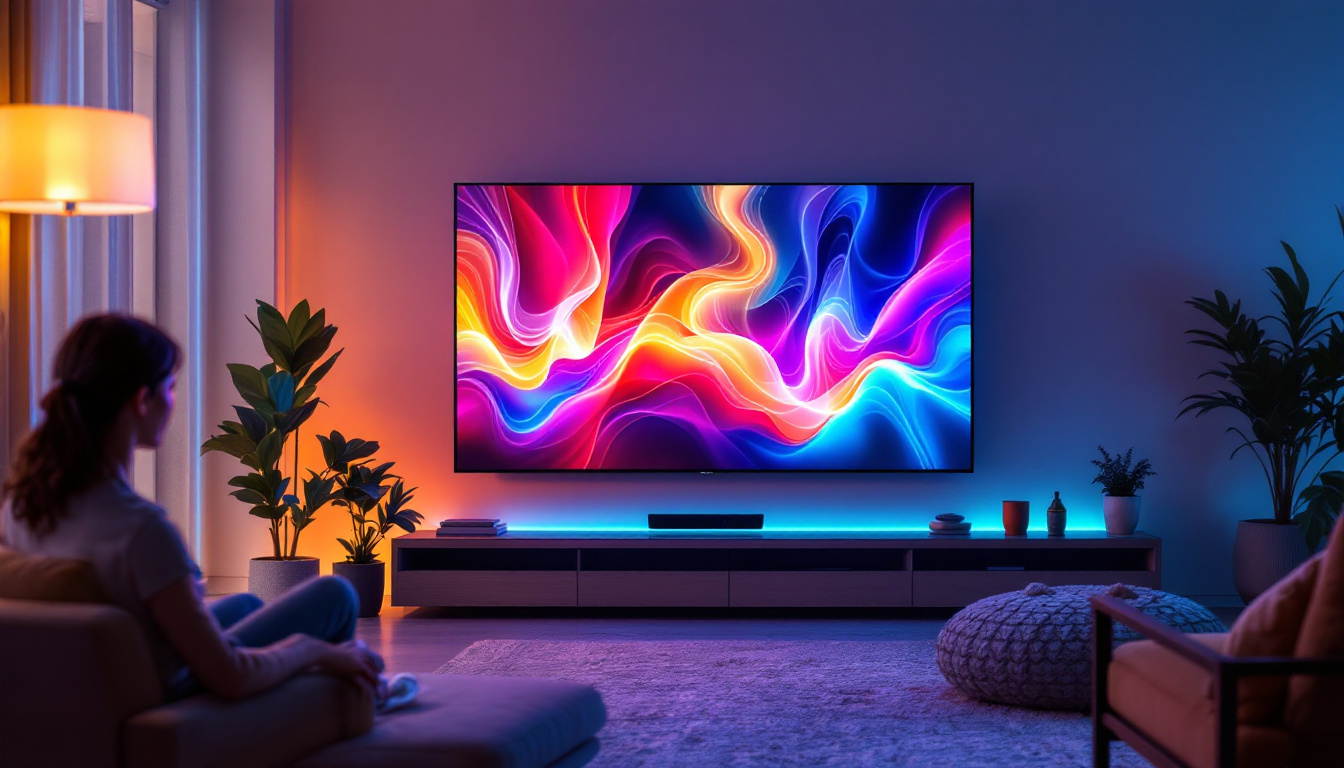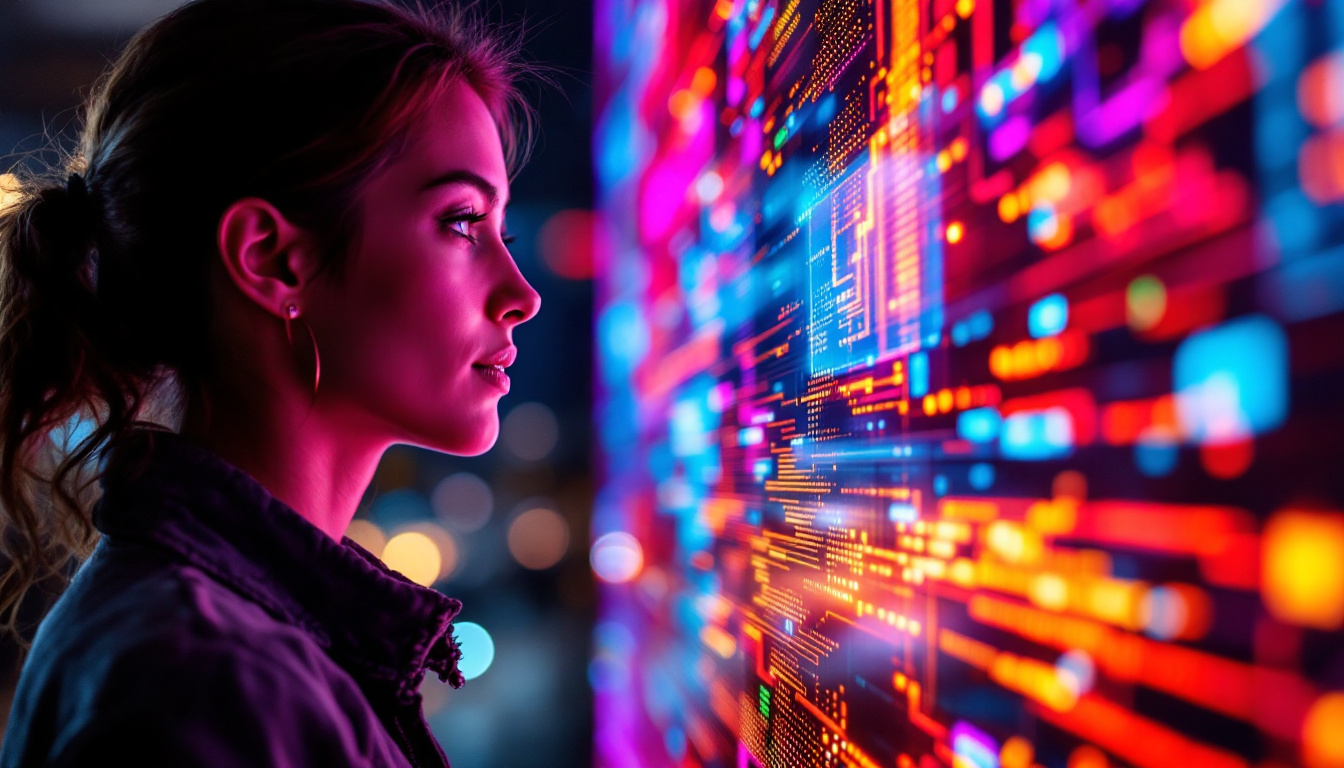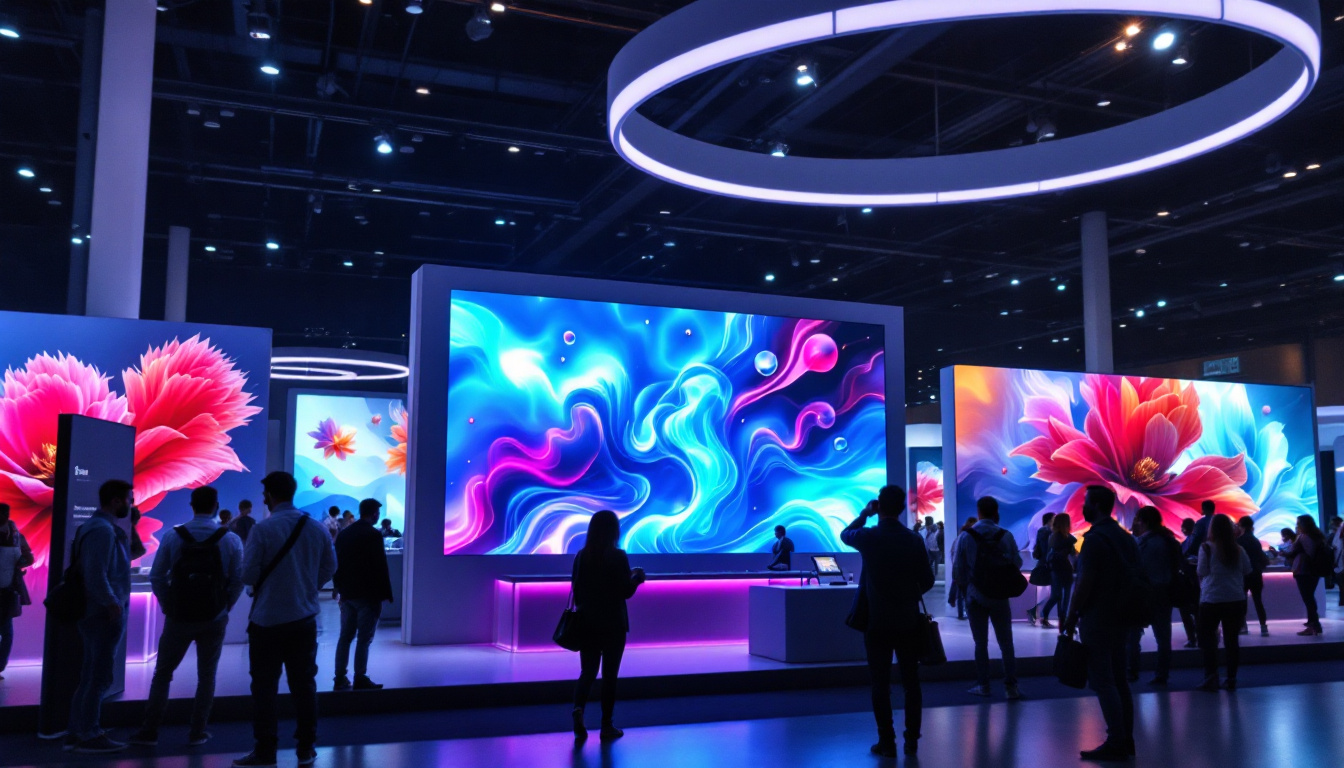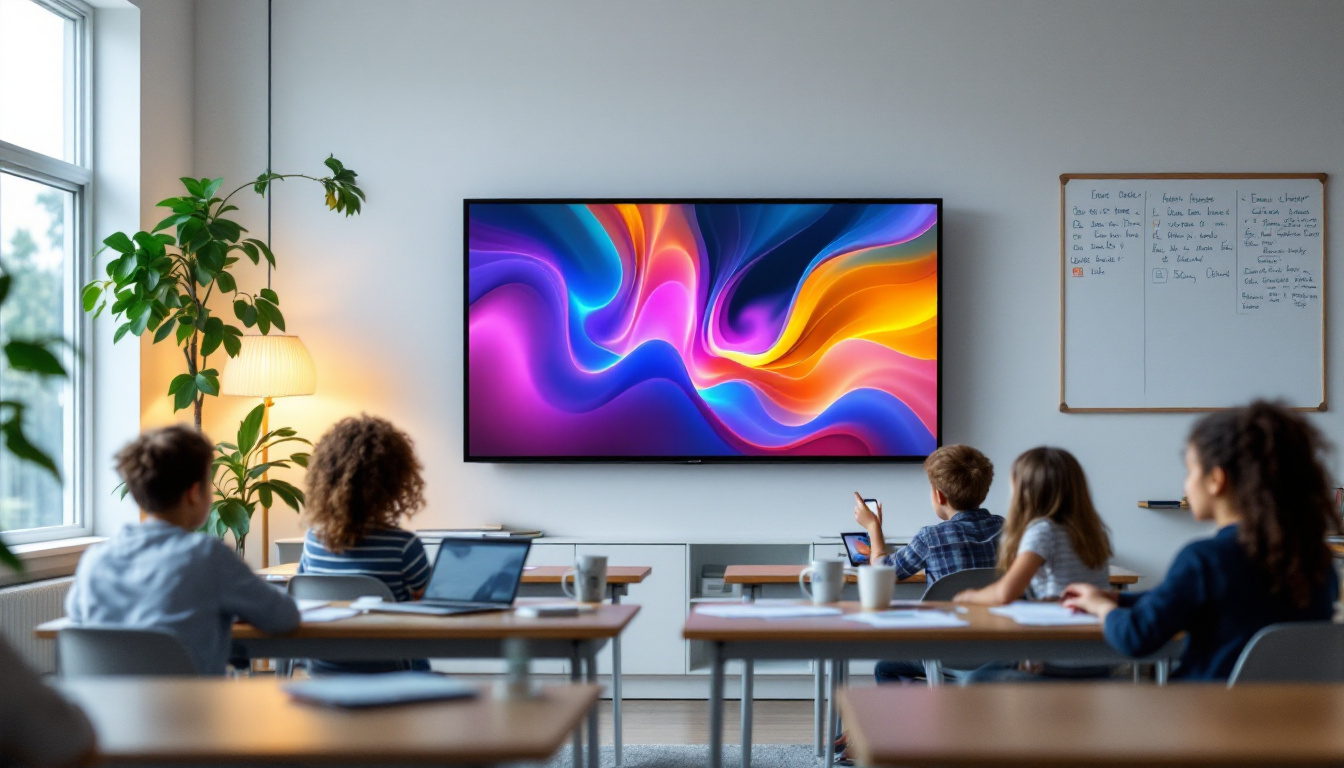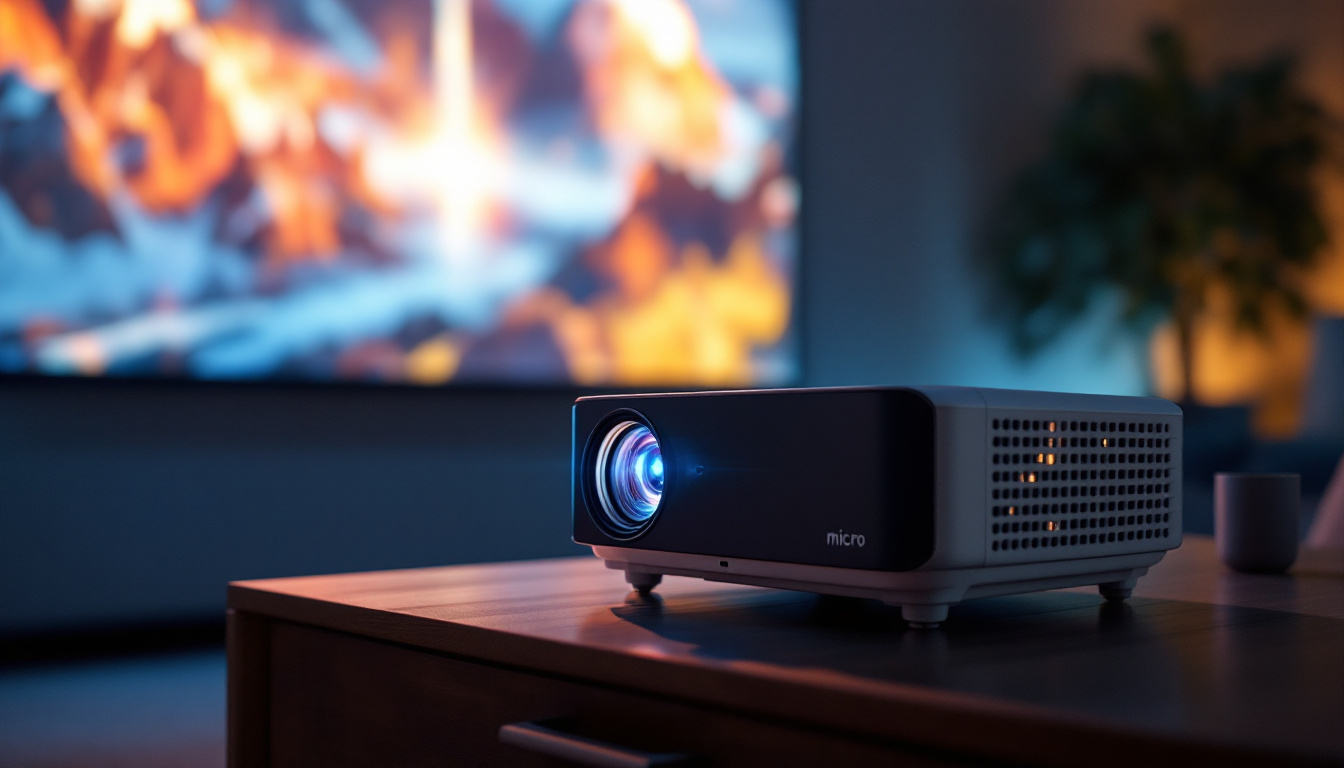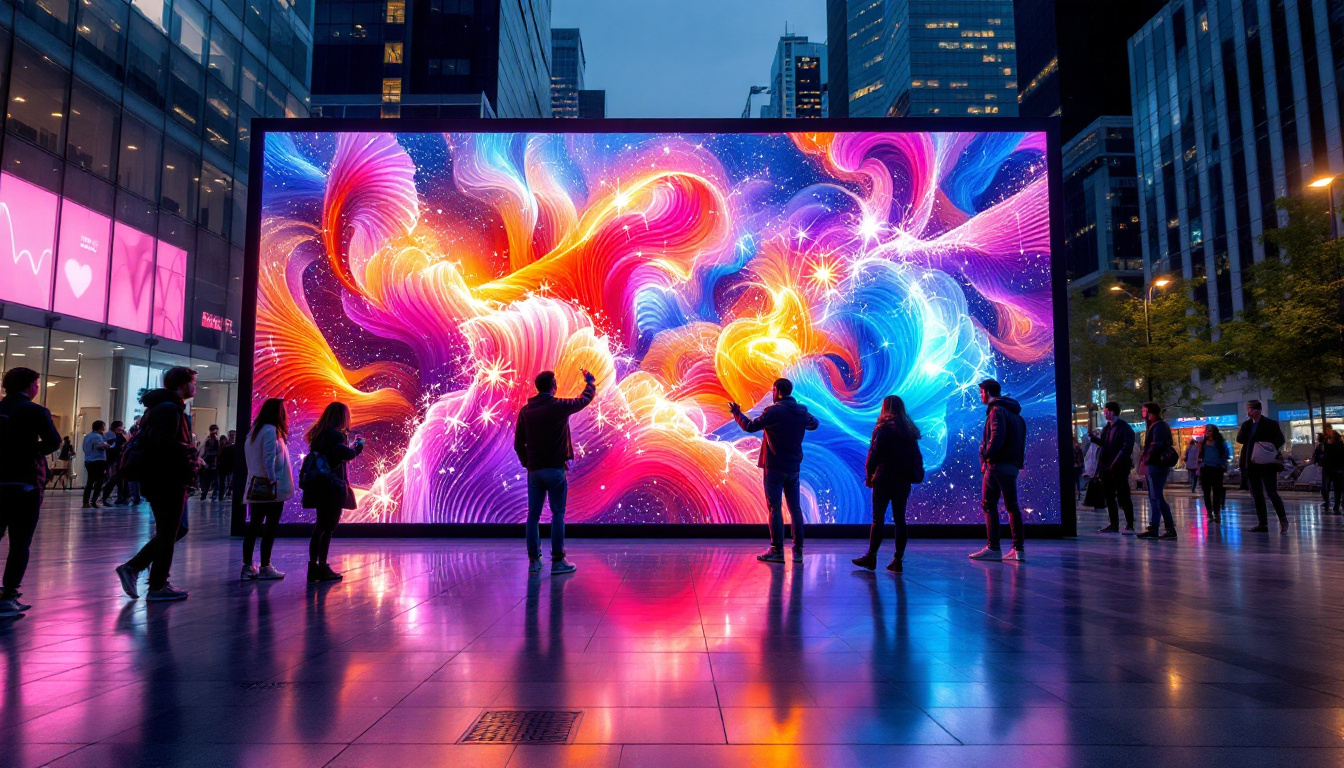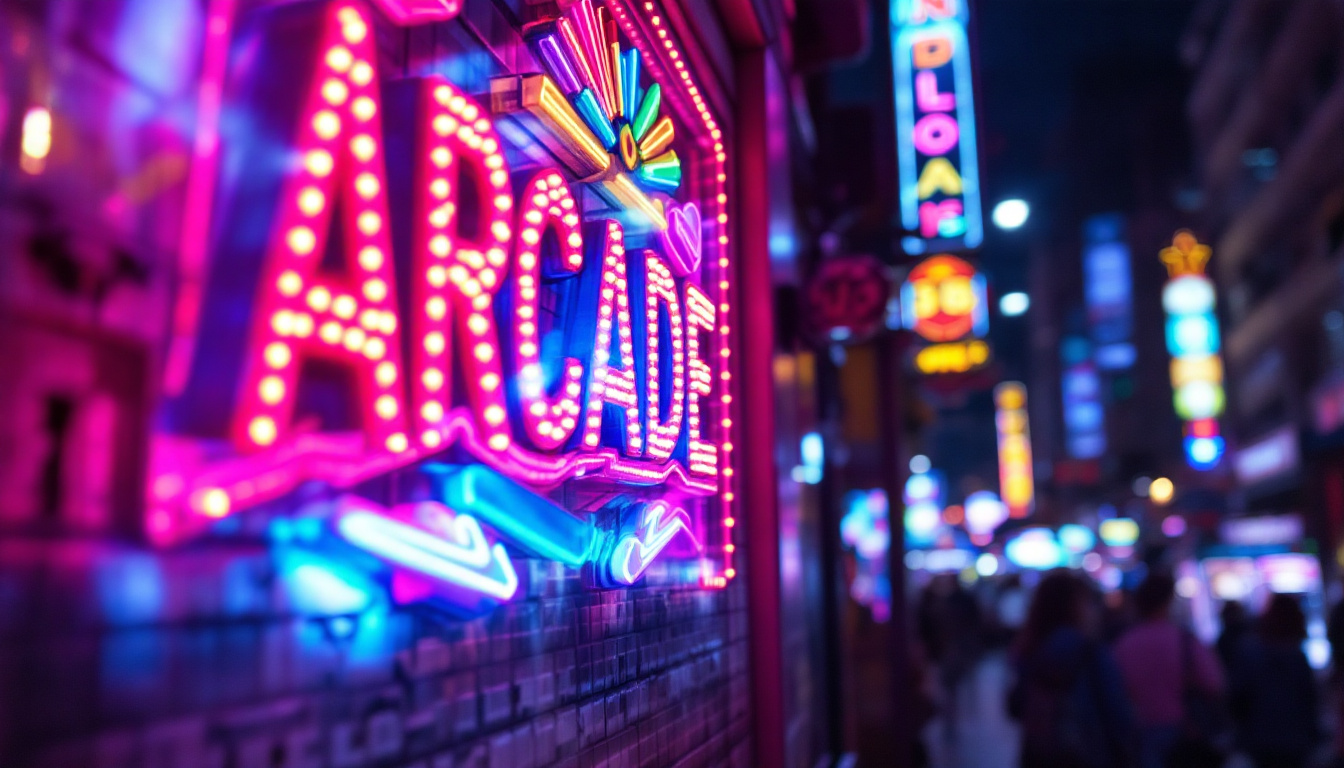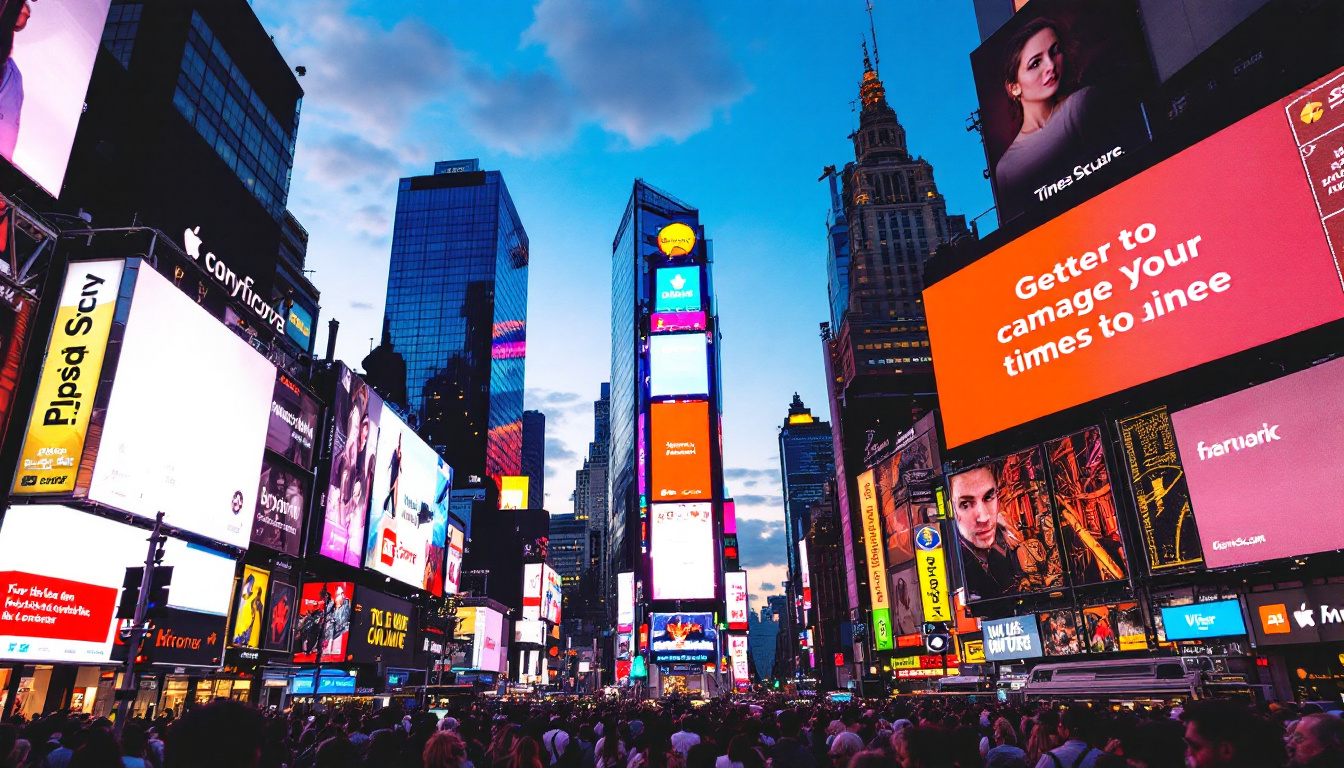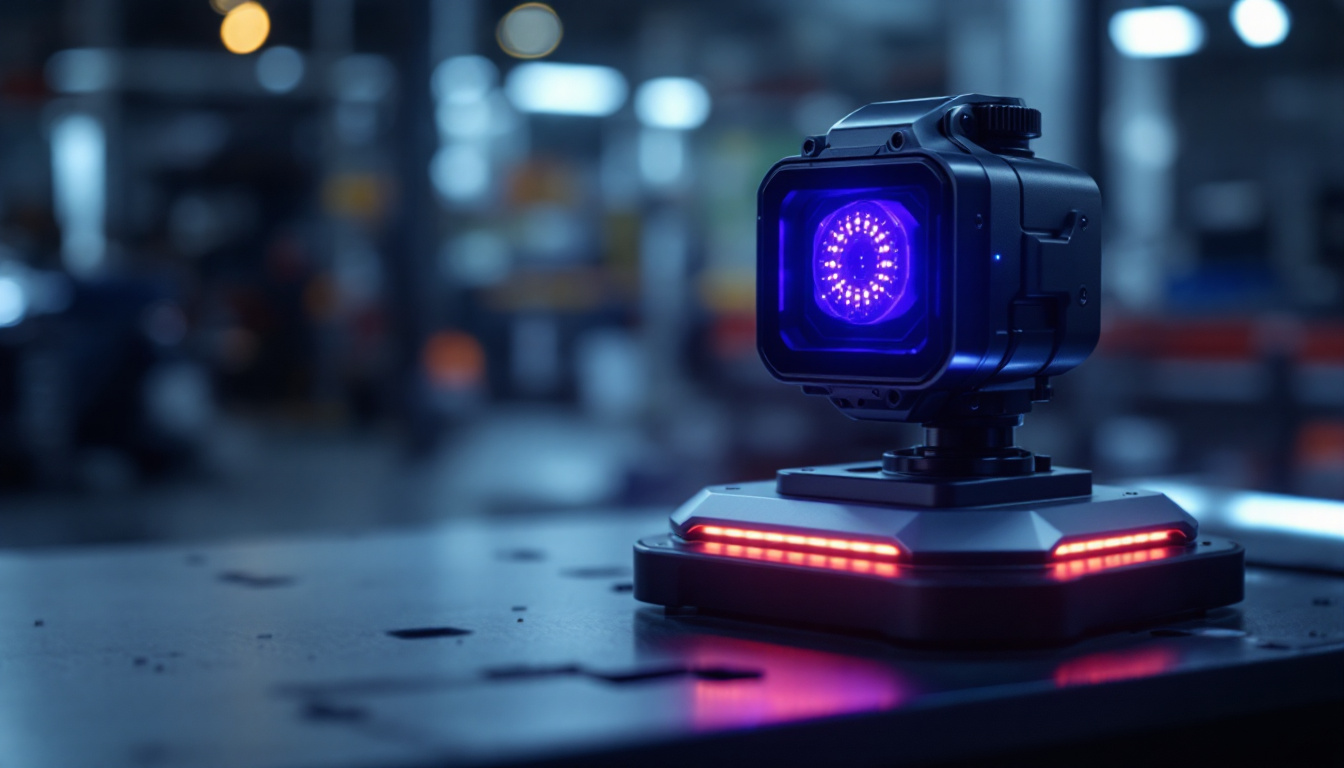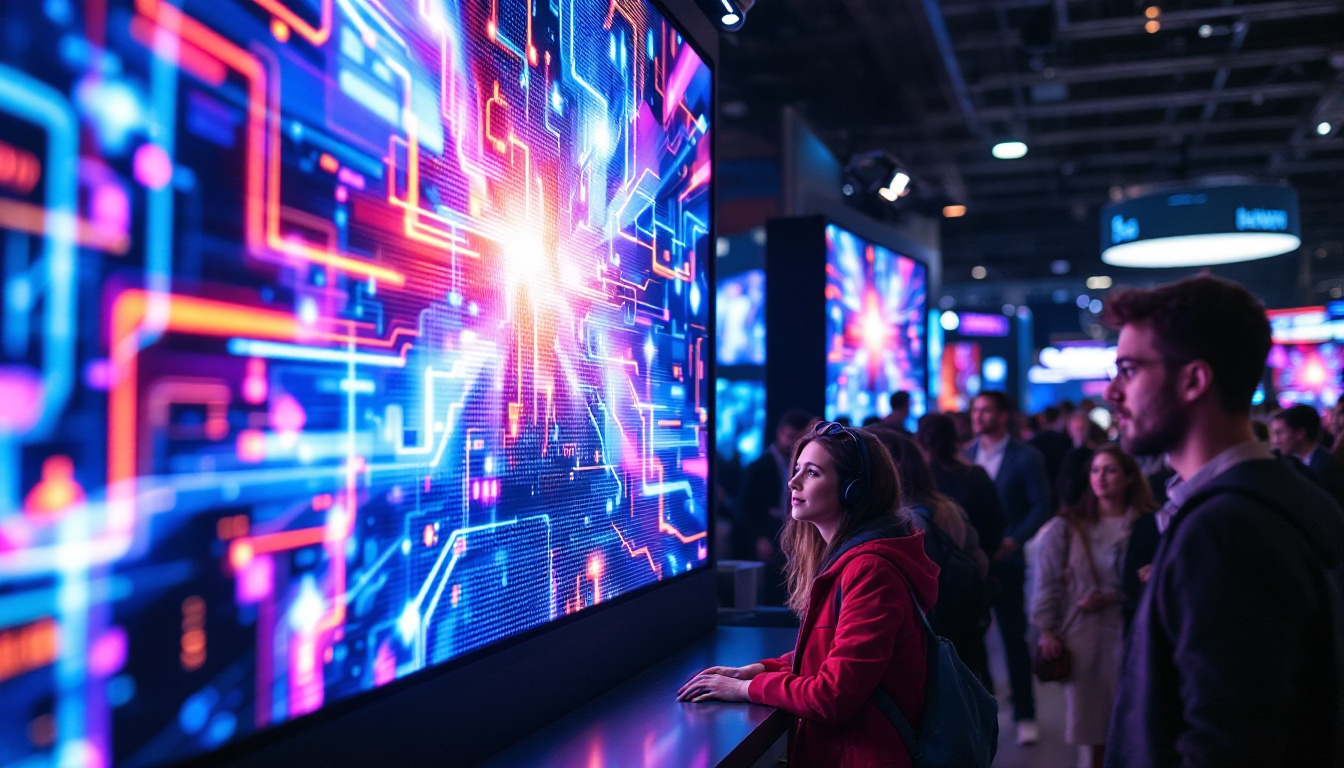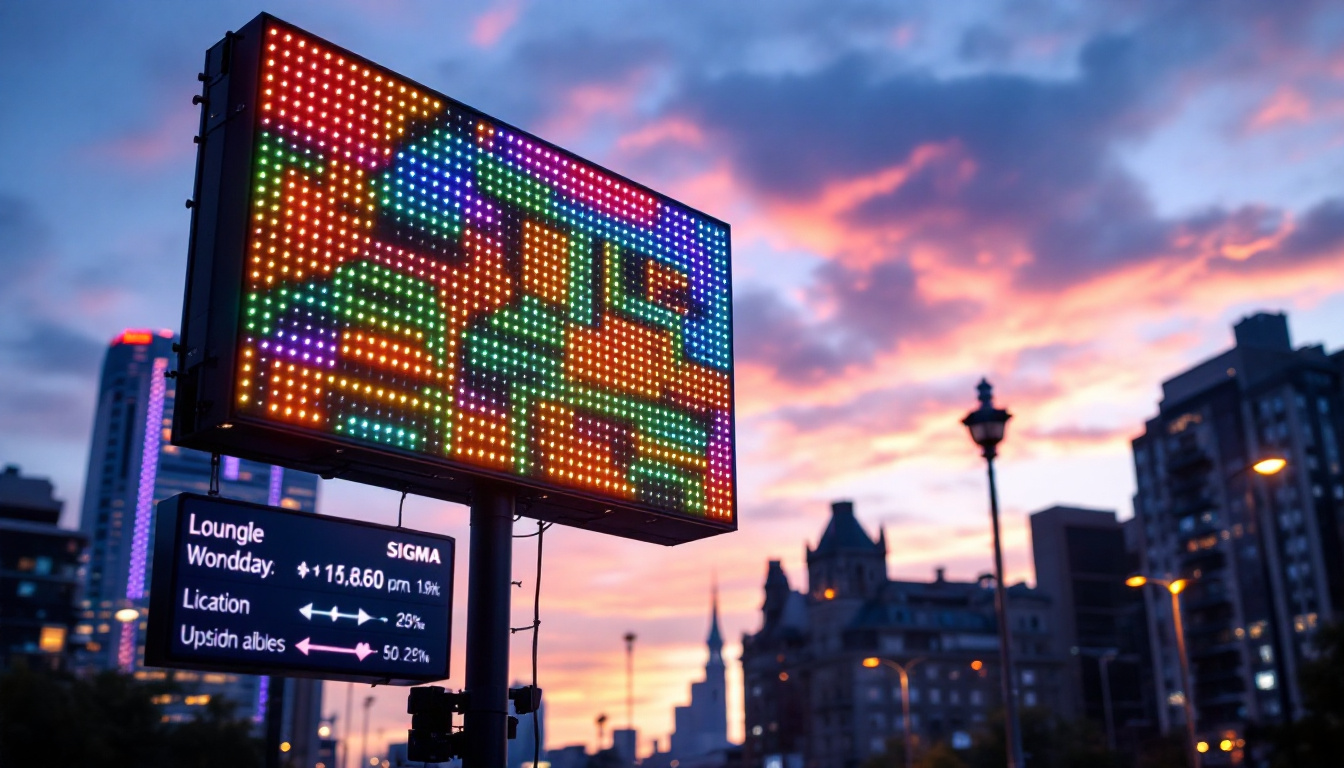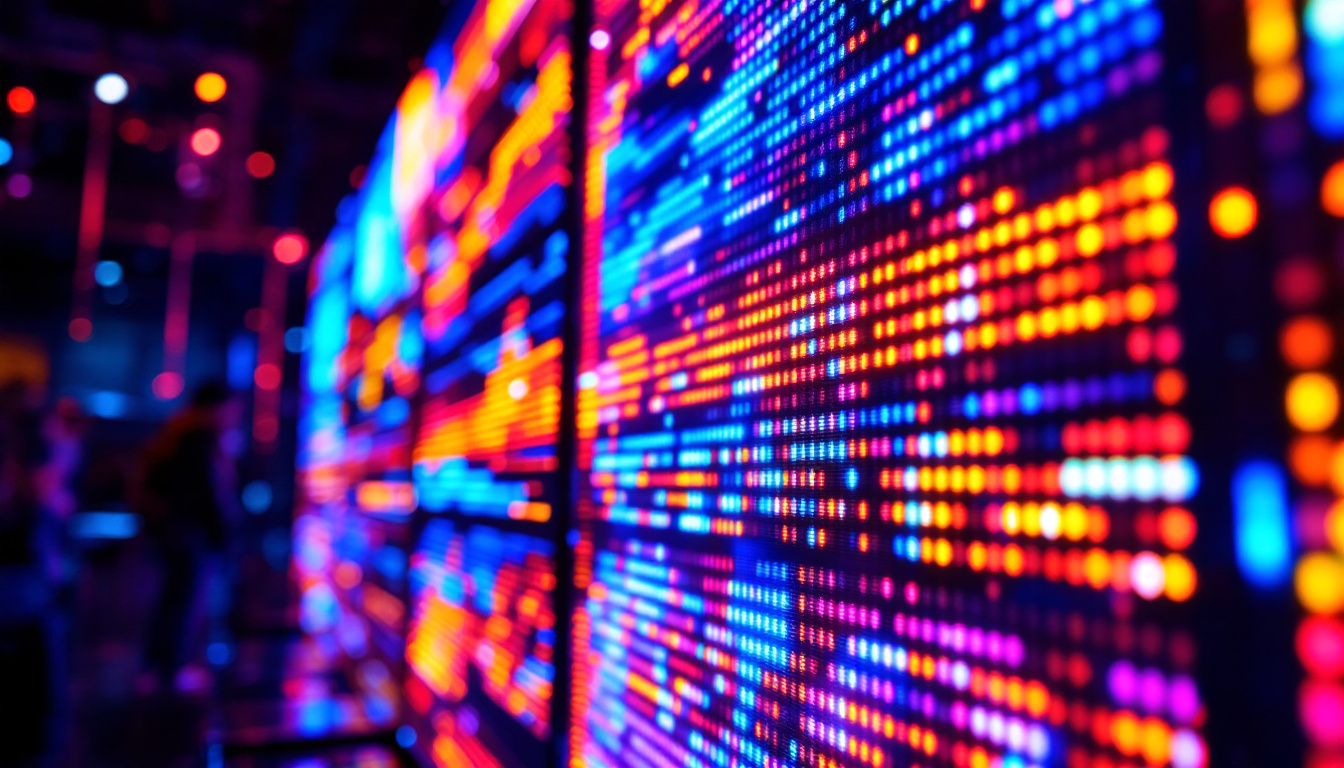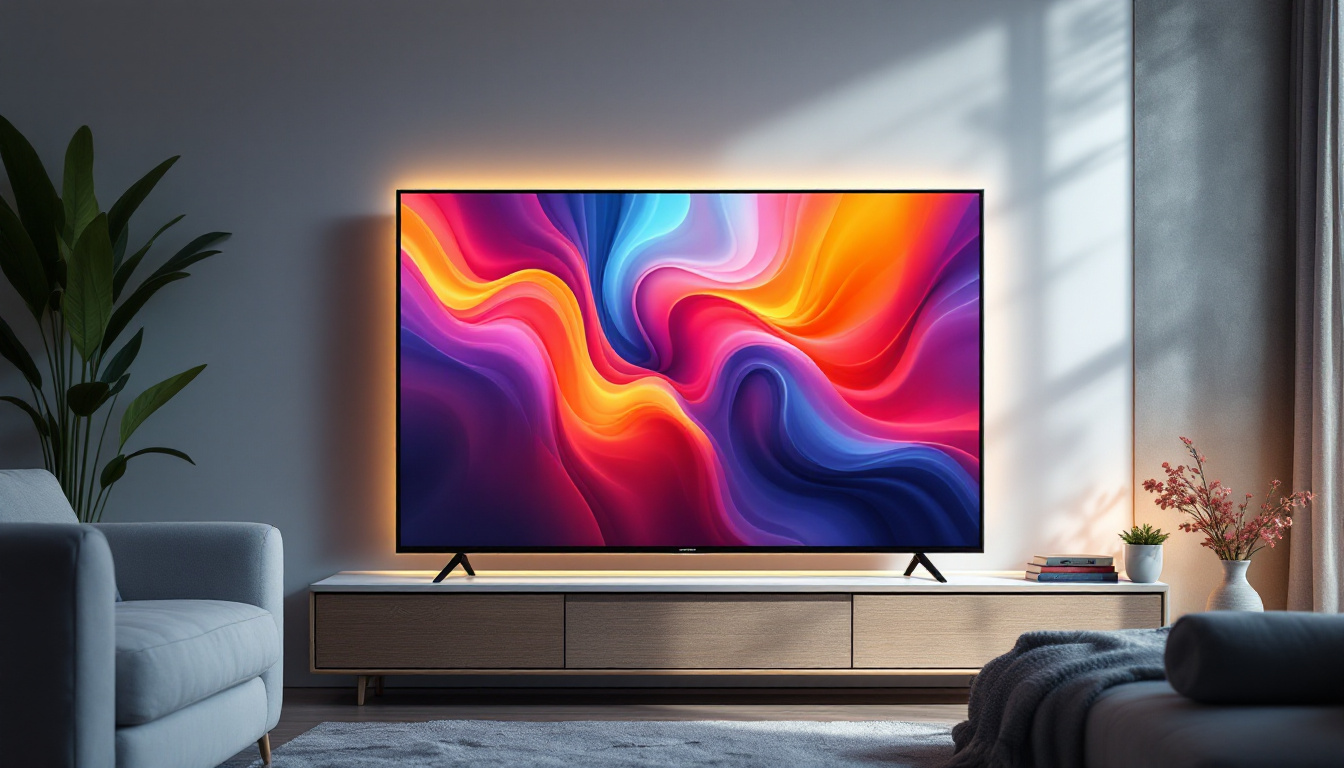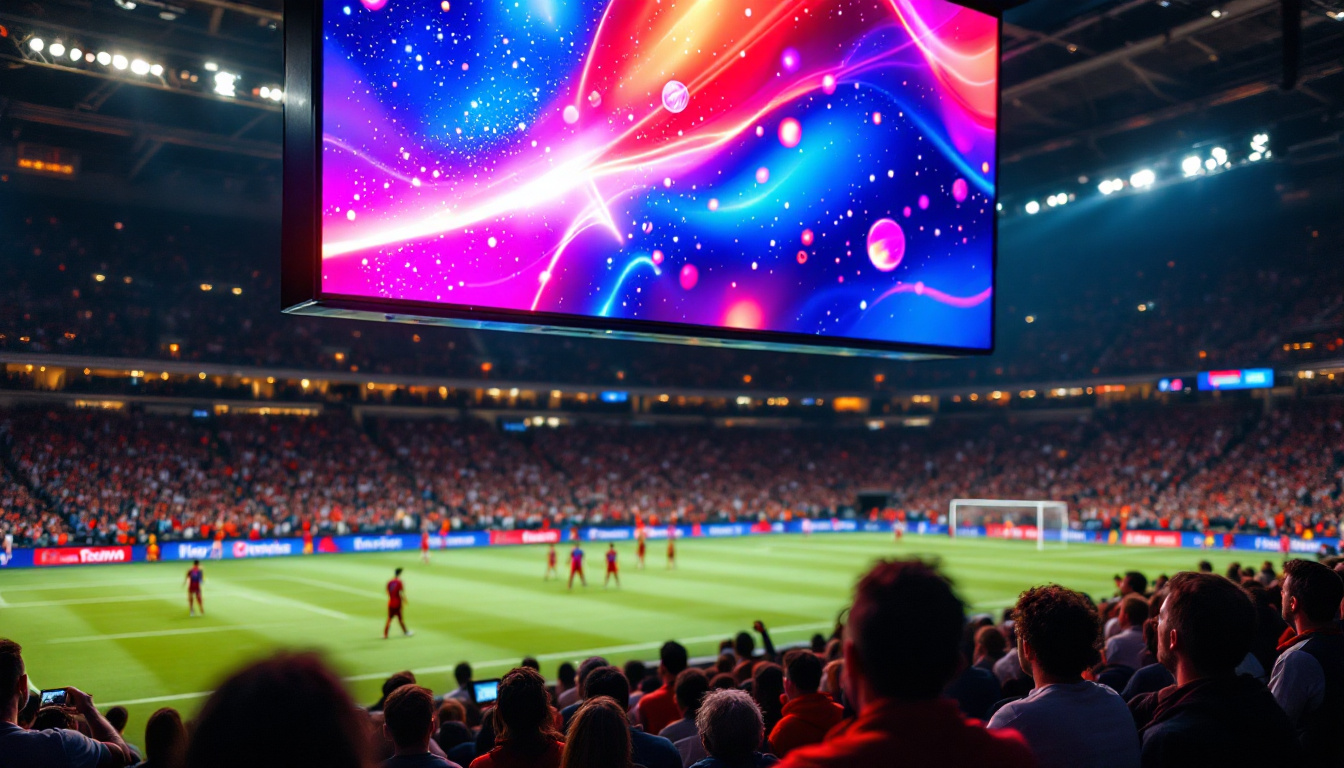In today’s fast-paced digital world, the demand for effective communication tools has never been higher. One of the most innovative solutions that have emerged is the LED display, particularly in the context of kiosks. This article delves into the intricacies of LED displays used in kiosks, exploring their technology, benefits, and applications.
Understanding LED Display Technology
LED, or Light Emitting Diode, technology has revolutionized the way visual information is presented. Unlike traditional display technologies, LED displays are known for their brightness, energy efficiency, and versatility. In kiosks, these displays serve as the primary interface for user interaction, showcasing information in a visually appealing manner.
The Basics of LED Technology
At its core, an LED display consists of numerous tiny diodes that emit light when an electric current passes through them. These diodes can produce a wide range of colors by combining red, green, and blue (RGB) lights. The ability to mix these colors allows for vibrant images and text, making LED displays particularly effective in grabbing attention.
One of the key advantages of LED technology is its energy efficiency. Compared to traditional LCD screens, LED displays consume significantly less power, which is crucial for kiosks that operate continuously. This efficiency not only reduces operational costs but also contributes to a more sustainable environment. Furthermore, the longevity of LED technology means that these displays can last tens of thousands of hours, minimizing the need for frequent replacements and thereby reducing waste.
Types of LED Displays
There are several types of LED displays used in kiosks, each suited for different applications. The most common types include:
- Direct View LED: These displays are made up of individual LED modules that can be arranged in various configurations. They are often used for large outdoor screens due to their high brightness and visibility.
- LED Backlit LCD: This type combines LCD technology with LED backlighting. It provides vibrant colors and is commonly used in indoor kiosks where space is limited.
- Transparent LED: These innovative displays allow light to pass through, making them ideal for retail environments where visibility is essential. They can be integrated into windows or glass panels.
Additionally, there are also Flexible LED Displays, which are gaining popularity due to their adaptability. These displays can bend and curve, allowing for creative installations that fit unique spaces and designs. They are particularly useful in environments where traditional rigid displays would be impractical. Moreover, High-Definition LED Displays are becoming increasingly common, offering superior resolution and clarity, which enhances the viewing experience, especially in settings where detailed images and text are crucial, such as in museums or educational kiosks.
As technology continues to advance, the integration of smart features into LED displays is also on the rise. Many modern LED kiosks now come equipped with touch capabilities, enabling users to interact directly with the content. This interactivity not only enhances user engagement but also allows for real-time updates and personalized experiences, making LED displays a dynamic tool for communication in various sectors, including retail, transportation, and entertainment.
Benefits of LED Displays in Kiosks
LED displays bring a multitude of benefits to kiosk applications, enhancing user experience and operational efficiency. Here are some of the most significant advantages:
Enhanced Visibility
One of the standout features of LED displays is their brightness. They are designed to be visible even in direct sunlight, making them ideal for outdoor kiosks. This high visibility ensures that messages are communicated effectively, regardless of the surrounding light conditions.
Additionally, the sharpness and clarity of images displayed on LED screens contribute to a more engaging user experience. This is particularly important in high-traffic areas where capturing attention quickly is essential.
Durability and Longevity
LED displays are built to last. They are resistant to shock and vibration, making them suitable for various environments, from bustling shopping malls to outdoor events. The lifespan of an LED display typically exceeds that of traditional display technologies, reducing the need for frequent replacements and maintenance.
This durability translates into lower long-term costs, making LED displays a wise investment for businesses looking to implement kiosks.
Flexibility and Customization
Another significant advantage of LED displays is their flexibility. They can be customized in size, shape, and resolution to meet specific requirements. This adaptability allows businesses to create unique kiosk designs that align with their branding and marketing strategies.
Moreover, the content displayed on LED screens can be easily updated in real-time, enabling businesses to respond to changing conditions, promotions, or customer needs swiftly. This dynamic capability ensures that kiosks remain relevant and engaging.
Applications of LED Displays in Kiosks
The versatility of LED displays makes them suitable for a wide range of kiosk applications. Here are some notable examples:
Retail and Advertising
In the retail sector, LED kiosks are often used for advertising and promotions. They can showcase product information, special offers, and interactive content that encourages customer engagement. The eye-catching visuals produced by LED displays can significantly enhance brand visibility and drive sales.
Additionally, retailers can use these kiosks to gather customer data and preferences, allowing for more targeted marketing efforts in the future.
Information and Wayfinding
LED displays are also effective for providing information and wayfinding in public spaces such as airports, malls, and museums. Interactive kiosks equipped with LED screens can guide visitors to their desired destinations, display schedules, and provide essential information in a user-friendly manner.
These kiosks can be programmed to respond to user queries, making them a valuable resource for enhancing visitor experiences.
Entertainment and Events
During events and exhibitions, LED displays play a crucial role in delivering engaging content. Kiosks equipped with LED screens can showcase event schedules, speaker information, and promotional videos. Their vibrant visuals help create an immersive atmosphere that captivates attendees.
Furthermore, these displays can be integrated with social media feeds, allowing live updates and interactions, which enhances audience engagement.
Challenges and Considerations
While LED displays offer numerous benefits, there are also challenges and considerations that businesses must address when implementing kiosks. Understanding these factors is crucial for maximizing the effectiveness of LED technology.
Initial Investment Costs
The upfront costs of LED displays can be higher than traditional display technologies. Businesses must consider their budget and the potential return on investment when deciding to implement LED kiosks. However, it is essential to weigh these costs against the long-term savings associated with energy efficiency and durability.
Many businesses find that the enhanced visibility and engagement provided by LED displays justify the initial investment, leading to increased sales and customer satisfaction over time.
Maintenance and Support
Although LED displays are known for their durability, they still require regular maintenance to ensure optimal performance. Businesses must establish a maintenance plan that includes routine checks, cleaning, and software updates to keep the kiosks functioning smoothly.
Additionally, having a reliable support system in place is essential for addressing any technical issues that may arise. Partnering with a reputable vendor can help ensure that businesses receive the necessary support and resources.
Content Management
Effective content management is vital for the success of LED kiosks. Businesses must develop a strategy for creating, updating, and scheduling content to keep it fresh and relevant. This may involve investing in content management software that allows for easy updates and customization.
Furthermore, understanding the target audience and tailoring content to their preferences is crucial for maximizing engagement and effectiveness.
Future Trends in LED Display Technology
The landscape of LED display technology is continually evolving, with several trends shaping its future. Staying informed about these developments can help businesses leverage new opportunities in kiosk applications.
Integration with AI and IoT
The integration of artificial intelligence (AI) and the Internet of Things (IoT) is set to revolutionize the way LED kiosks operate. AI can enhance user interactions by providing personalized content and recommendations based on user behavior and preferences.
Moreover, IoT connectivity enables kiosks to collect and analyze data in real-time, allowing businesses to make informed decisions and optimize their operations. This data-driven approach can lead to improved customer experiences and increased efficiency.
Advancements in Display Technology
As technology advances, LED displays are becoming even more sophisticated. Innovations such as microLED and OLED technology promise to deliver higher resolutions, improved color accuracy, and even greater energy efficiency.
These advancements will enable businesses to create more immersive and engaging kiosk experiences, further enhancing the effectiveness of LED displays in various applications.
Environmental Sustainability
With growing awareness of environmental issues, there is an increasing emphasis on sustainability in display technology. Manufacturers are focusing on creating energy-efficient LED displays and using eco-friendly materials in their production.
Businesses that prioritize sustainability in their kiosk implementations can not only reduce their environmental impact but also appeal to environmentally conscious consumers.
Conclusion
LED displays have transformed the landscape of kiosk technology, offering numerous benefits that enhance user experience and operational efficiency. From their vibrant visuals to their energy efficiency, LED displays are a powerful tool for businesses looking to engage customers and convey important information.
As technology continues to evolve, the potential applications for LED kiosks will only expand, making them an essential component of modern communication strategies. By understanding the technology, benefits, and challenges associated with LED displays, businesses can make informed decisions that drive success in their kiosk implementations.
In a world where effective communication is paramount, embracing LED display technology in kiosks is not just a trend—it’s a strategic move towards a more engaging and efficient future.
Discover the Future of Visual Engagement with LumenMatrix
Ready to elevate your communication strategy with the latest in LED display technology? LumenMatrix is at the forefront of creating immersive visual experiences that captivate and engage. From Indoor and Outdoor LED Wall Displays to innovative solutions like Vehicle LED Displays and LED Transparent Displays, our mission is to empower your brand with unparalleled clarity and impact. Don’t miss the opportunity to transform your kiosk’s appeal and functionality. Check out LumenMatrix LED Display Solutions today and step into the future of dynamic visual communication.

